Deep within the ancient forests of Australia resides one of nature’s most accomplished vocal performers—the lyrebird. With an unparalleled ability to recreate virtually any sound in its environment, this remarkable avian mimic has captivated scientists, birders, and nature enthusiasts for centuries. Lyrebirds possess what may be the most sophisticated vocal mimicry abilities in the animal kingdom, capable of reproducing everything from the calls of other birds to the mechanical sounds of human civilization with astonishing accuracy. This comprehensive guide delves into the extraordinary world of lyrebird mimicry, exploring how these abilities developed, how they function, and why they continue to amaze even the most seasoned wildlife observers.
The Two Species of Lyrebirds
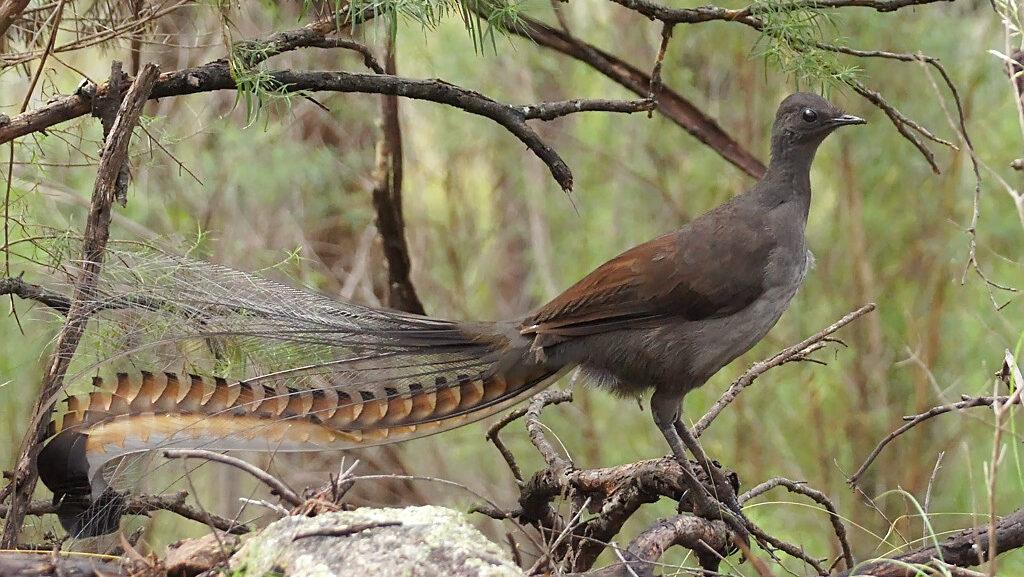
Two distinct species of lyrebirds exist in Australia, each with their own impressive mimicry capabilities. The Superb Lyrebird (Menura novaehollandiae) inhabits the forests of southeastern Australia, including parts of Victoria, New South Wales, and southeastern Queensland. The less-known Albert’s Lyrebird (Menura alberti) has a much more restricted range, found only in a small area of rainforest near the border of New South Wales and Queensland. While both species are known for their extraordinary vocal abilities, the Superb Lyrebird has been more extensively studied and is generally considered to have the more diverse repertoire. Both species belong to the ancient Menuridae family, which evolved in isolation in Australia for millions of years, allowing them to develop their unique vocal adaptations independently from other songbirds.
The Evolutionary History of Lyrebird Mimicry
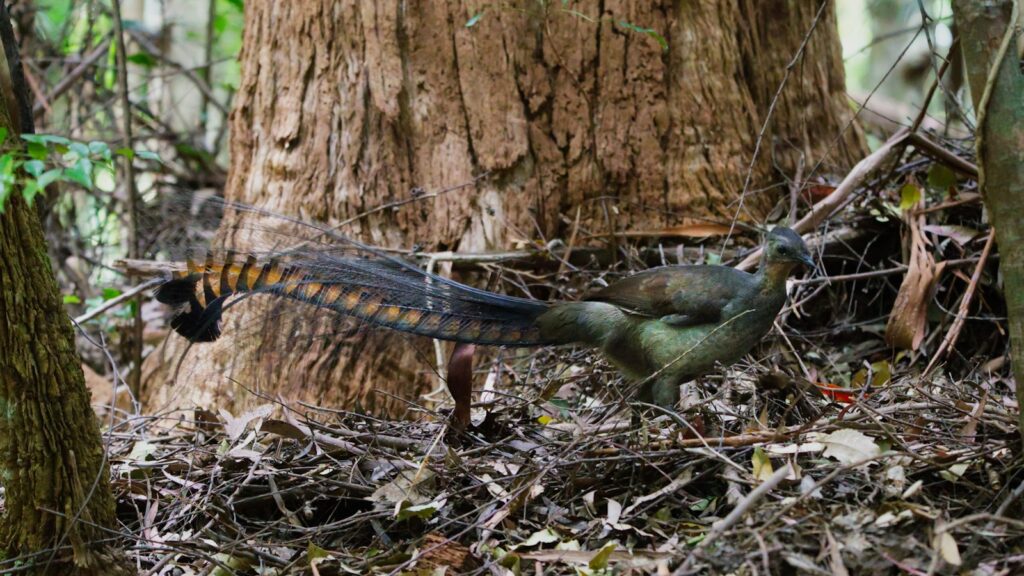
Lyrebirds represent one of the oldest lineages of songbirds, with fossil evidence suggesting they diverged from other passerines over 30 million years ago during Australia’s long isolation from other continents. This extended evolutionary history has provided ample time for their remarkable vocal capabilities to develop and refine. Scientists believe that mimicry likely evolved as a sexually selected trait, with more vocally skilled males attracting more mates through their impressive sonic performances. The lyrebird’s habitat in dense, acoustically complex rainforests may have also driven the evolution of their vocal flexibility, as precise sound reproduction would be advantageous for communication in environments where visual cues are limited. This combination of sexual selection and environmental adaptation has produced what many consider to be the most sophisticated vocal mimicry apparatus in the animal kingdom.
The Extraordinary Vocal Anatomy
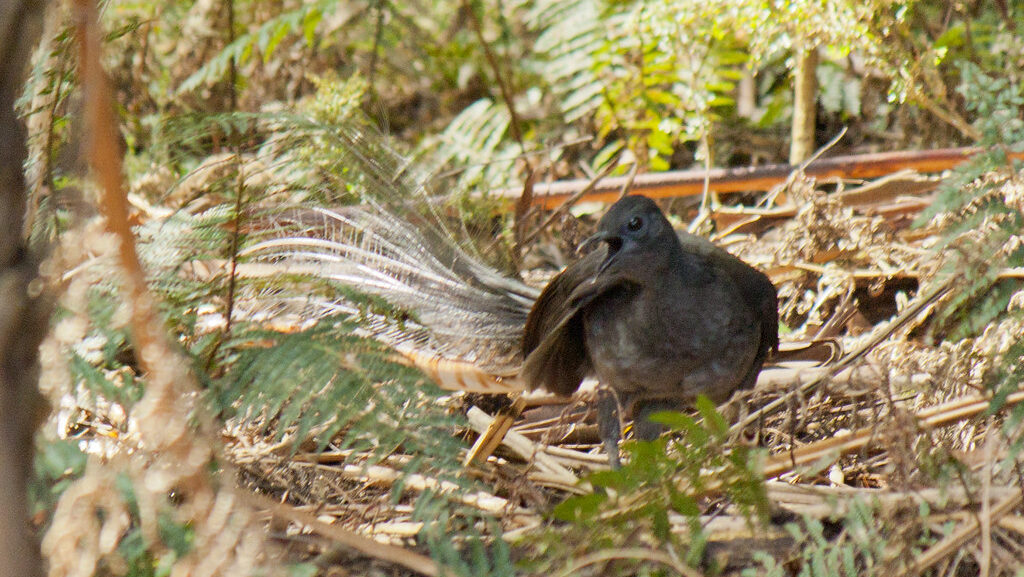
The lyrebird’s remarkable mimicry abilities stem from their specialized vocal anatomy, which differs significantly from that of other songbirds. Their syrinx—the avian equivalent of a voice box—is exceptionally complex, featuring multiple pairs of muscles that allow for precise control over sound production. Unlike most birds that have between four and nine pairs of syringeal muscles, lyrebirds possess a more elaborate system that enables them to manipulate their vocal apparatus with extraordinary precision. Researchers have documented that lyrebirds can independently control the two sides of their syrinx, effectively allowing them to produce two different sounds simultaneously. This complex vocal architecture is complemented by specialized neural pathways that facilitate the memorization and reproduction of an enormous variety of sounds, giving lyrebirds their unmatched vocal versatility.
The Impressive Repertoire Range
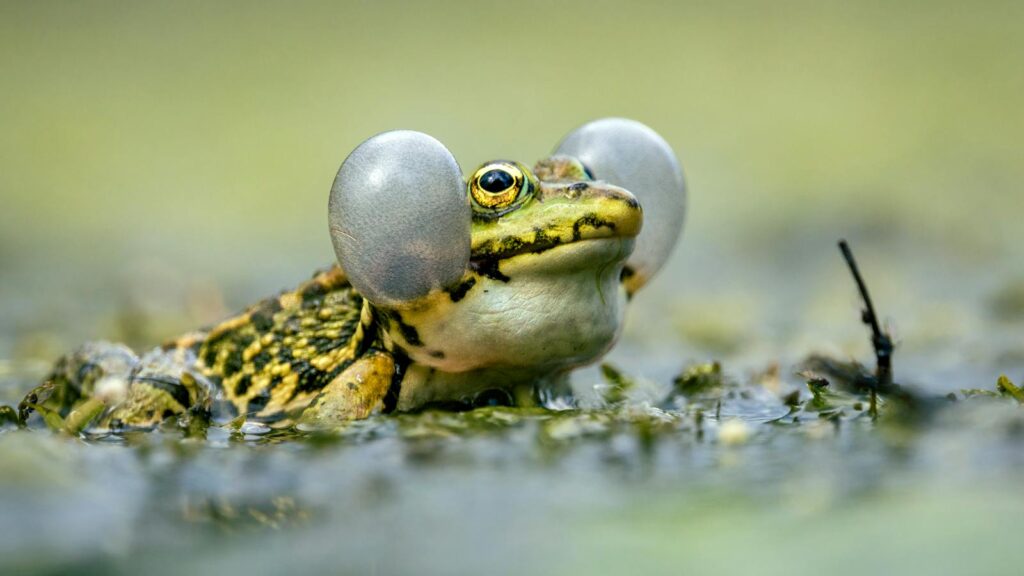
The extent of the lyrebird’s mimicry repertoire is nothing short of astounding, encompassing hundreds of distinct sounds that can be reproduced with remarkable accuracy. A single male Superb Lyrebird can mimic up to 20-25 different species of birds in rapid succession, often improving upon the original sounds by making them louder and clearer. Beyond bird calls, lyrebirds readily incorporate non-avian sounds into their performances, including the croaks of frogs, the buzzing of insects, and the howls of dingoes. Perhaps most impressively, they can recreate complex environmental sounds like flowing water, rustling leaves, and even the clicks and whirrs of camera shutters. Researchers have documented lyrebirds accurately mimicking man-made sounds such as car alarms, chainsaws, construction equipment, and musical instruments, demonstrating the extraordinary plasticity of their vocal abilities.
How Lyrebirds Learn Their Mimicry
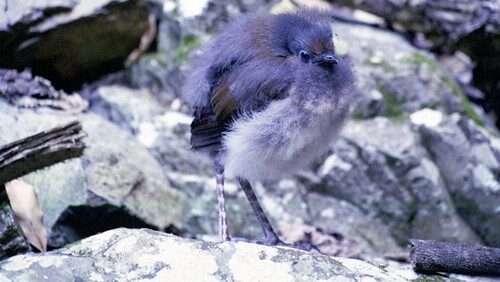
The acquisition of vocal mimicry in lyrebirds involves a combination of innate ability and learned behavior through a process similar to cultural transmission. Young lyrebirds begin learning sounds from their environment shortly after hatching, with juvenile males practicing and refining their mimicry skills over several years before reaching sexual maturity. Research suggests that lyrebirds have excellent auditory memory, capable of storing a vast library of sounds they encounter throughout their lifetime. Unlike some other mimicking species that reproduce sounds immediately, lyrebirds often incorporate sounds into their repertoire after repeated exposure, suggesting a period of mental processing and practice. Interestingly, studies have shown that different populations of lyrebirds may develop regional “dialects” of mimicry, with certain sounds being more commonly reproduced in specific geographic areas.
The Role of Mimicry in Courtship
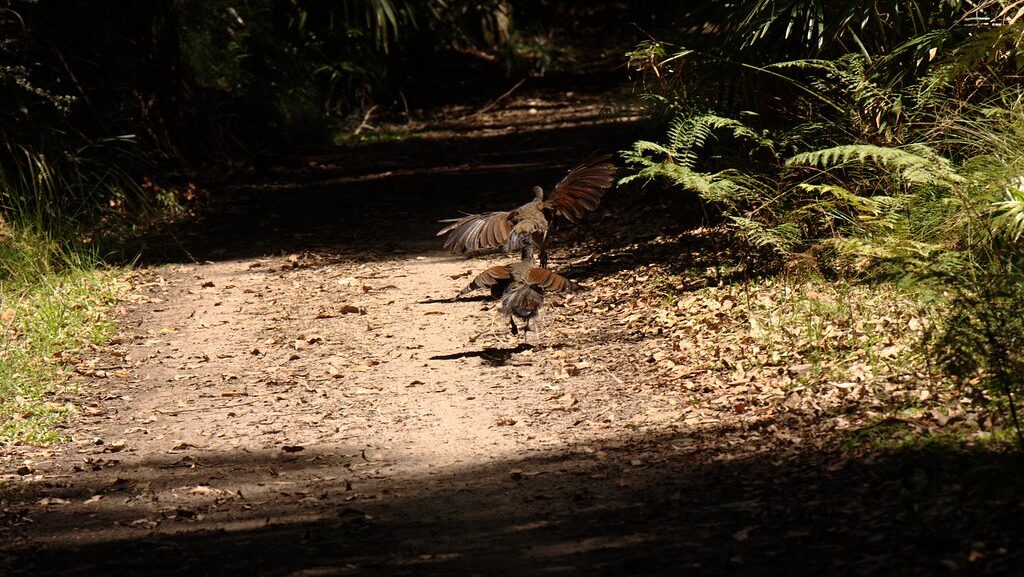
Lyrebird mimicry reaches its peak expression during the breeding season when males perform elaborate courtship displays to attract females. During these performances, the male spreads his magnificent lyre-shaped tail feathers over his head to create a silver canopy while delivering an impressive vocal showcase. The quality and diversity of a male’s vocal repertoire is believed to be a crucial factor in female mate selection, with females preferring males who can produce the most complex and accurate mimicry. Each performance typically lasts for up to 20-30 minutes and includes not just vocal mimicry but also synchronized dancing movements and percussive sounds created by the male’s specialized feet. These courtship displays represent one of nature’s most sophisticated examples of sexual selection, where the extraordinary cognitive and physical abilities required for such performances serve as an honest signal of the male’s genetic quality.
Mimicry Beyond Courtship: Territorial Defense
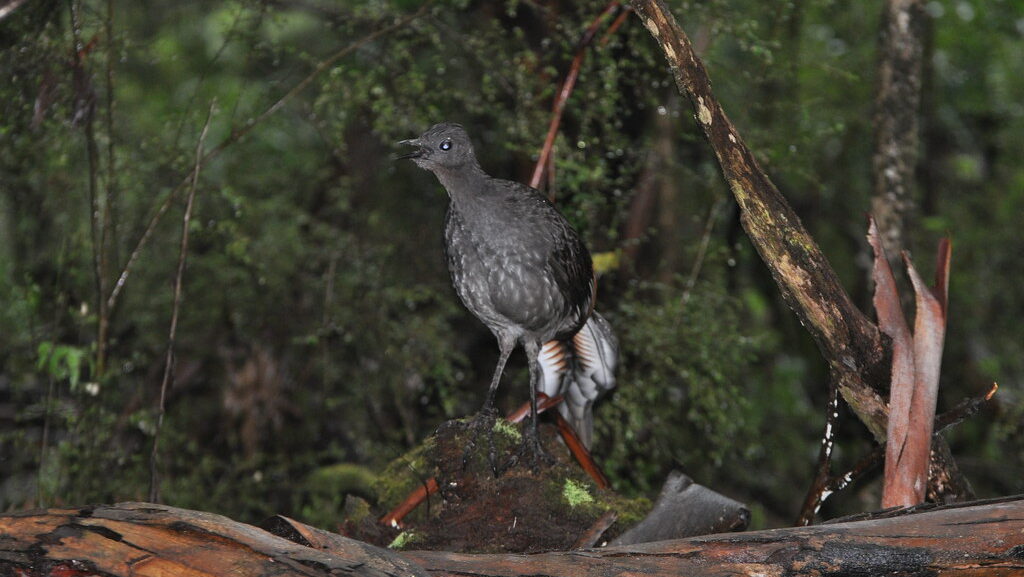
While courtship is the most well-known context for lyrebird mimicry, research indicates that these vocalizations serve multiple purposes including territorial defense. Male lyrebirds maintain and defend territories throughout the year, using their impressive vocal abilities to announce their presence and deter potential rivals. Studies have shown that males may specifically incorporate mimicry of aggressive predator calls into their territorial songs, potentially serving as a warning to other lyrebirds. Territorial males have been observed increasing both the volume and complexity of their mimicry when they detect the presence of competing males nearby. This territorial function may explain why male lyrebirds continue to develop and maintain their mimicry skills even outside the breeding season, as vocal prowess plays a crucial role in year-round social interactions and spatial competition.
The Accuracy of Lyrebird Mimicry
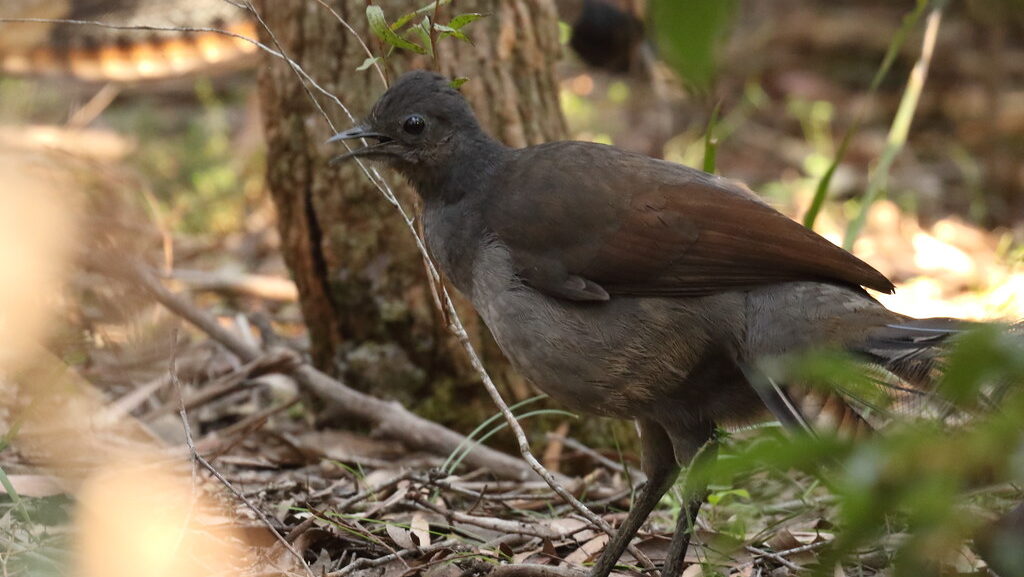
The precision with which lyrebirds reproduce sounds has fascinated scientists and casual observers alike, with some recordings being so accurate that even experts struggle to distinguish the mimicry from the original source. Acoustic analysis has demonstrated that lyrebirds can replicate not just the general pattern of sounds but also specific sonic characteristics like frequency modulation, harmonics, and temporal features that give each sound its distinctive quality. Perhaps most impressively, lyrebirds can accurately reproduce complex polyphonic sounds—sounds composed of multiple tones occurring simultaneously—such as a flock of birds calling in chorus or the overlapping mechanical sounds of a construction site. When mimicking other birds, lyrebirds often reproduce the entire vocal repertoire of the species, including alarm calls, contact calls, and territorial songs, showing a comprehensive understanding of the acoustic signatures of other species.
Cultural Transmission and Regional Variations
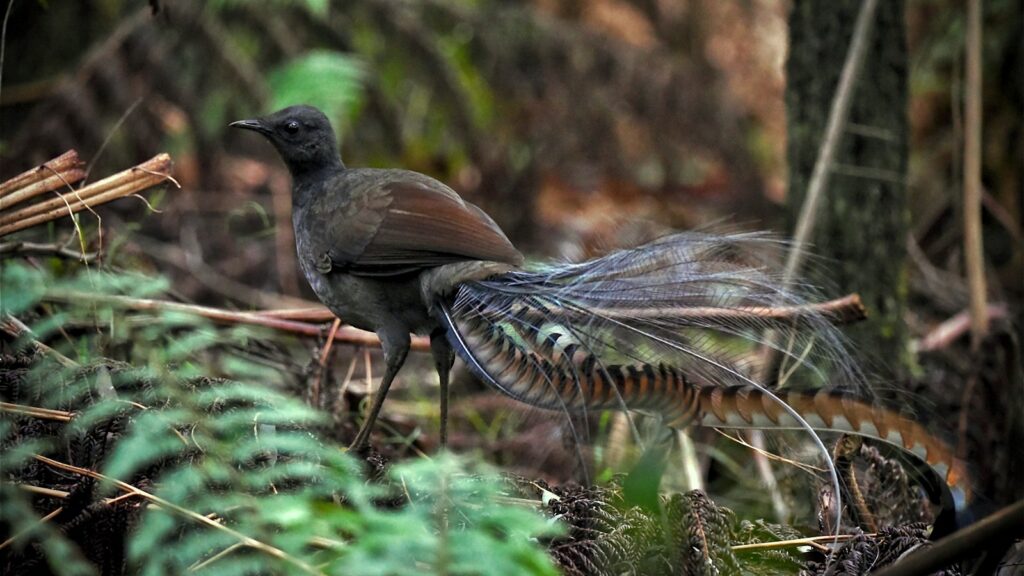
One of the most fascinating aspects of lyrebird mimicry is the evidence for cultural transmission of vocal patterns across generations, leading to regional “dialects” in their mimicry repertoires. Research has documented distinct geographical variations in the sounds that lyrebirds choose to mimic, with certain populations consistently reproducing specific sounds that are rare or absent in other populations. This phenomenon suggests that young lyrebirds learn not just from their environment directly but also from other lyrebirds, particularly adult males in their vicinity. In some isolated populations, lyrebirds have been documented mimicking sounds of species or machines that no longer exist in their environment, effectively preserving acoustic fossils of the past. This cultural transmission of vocal traditions represents an extraordinary example of non-human cultural evolution and provides insights into the cognitive capabilities of these remarkable birds.
Human Sounds in Lyrebird Repertoires

Perhaps the most startling aspect of lyrebird mimicry is their ability to accurately reproduce human-generated sounds, including tools, machinery, and even speech. Documented cases include lyrebirds mimicking the sounds of chainsaws, car alarms, camera shutters, musical instruments, and even human voices, though the latter typically reproduce the rhythmic patterns rather than the semantic content of speech. These anthropogenic sounds have become increasingly incorporated into lyrebird repertoires as human activities encroach on their forest habitats. In one famous case captured by David Attenborough for BBC’s “Life of Birds,” a male Superb Lyrebird perfectly reproduced the sounds of loggers working in the forest, complete with chainsaw noises, tree falls, and car alarms. This remarkable flexibility in adapting their mimicry to include novel sounds demonstrates the lyrebird’s exceptional neurological plasticity and raises interesting questions about how these birds process and categorize the sounds in their environment.
The Cognitive Mechanisms Behind Mimicry
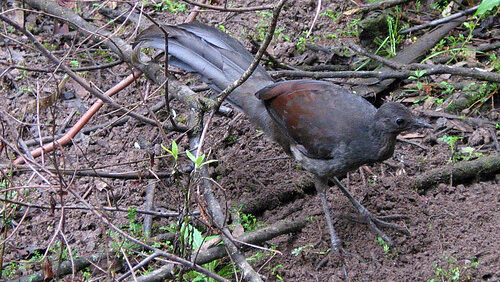
The cognitive processes that enable lyrebirds to perform such accurate mimicry involve sophisticated neural mechanisms that scientists are still working to fully understand. Research suggests that lyrebirds possess enhanced auditory memory capabilities, allowing them to store a vast library of sounds they encounter throughout their lives. Their brains appear to have specialized neural pathways dedicated to sound processing, memory, and reproduction that exceed those found in other vocal mimics. Studies using neuroimaging techniques have revealed enlarged brain regions associated with vocal learning in lyrebirds compared to non-mimicking species. Particularly interesting is evidence suggesting that lyrebirds can discern and reproduce the acoustic features that make each sound distinctive, indicating a level of sound analysis beyond simple imitation. This cognitive sophistication raises important questions about avian intelligence and the evolution of complex communication systems outside of mammals.
Conservation Challenges and Threats
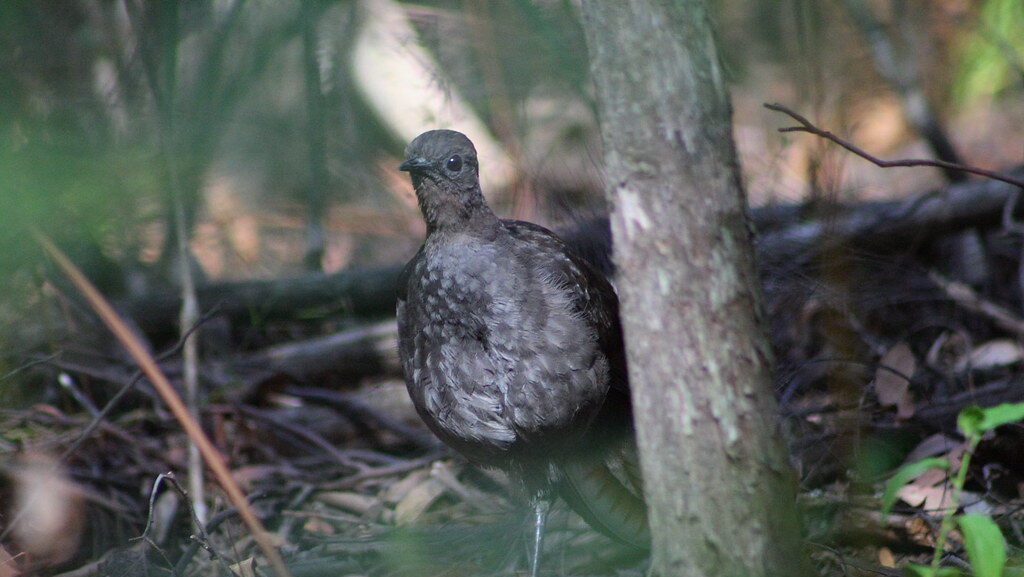
Despite their remarkable abilities, lyrebirds face several conservation challenges that threaten their long-term survival. Habitat destruction remains the primary threat, as both species require mature forests with dense understory for foraging and nesting. Industrial logging and urban development have significantly reduced suitable habitat, particularly for the endangered Albert’s Lyrebird, which occupies a highly restricted range. Introduced predators, particularly feral cats and foxes, pose a serious threat to ground-dwelling lyrebirds, especially during the breeding season when females are vulnerable while incubating eggs on the forest floor. Climate change presents an emerging threat, as increasing temperatures and changing rainfall patterns affect the rainforest ecosystems that lyrebirds depend on. Conservation efforts focus on habitat protection, predator control, and raising awareness about these extraordinary birds whose vocal performances represent one of Australia’s most remarkable natural treasures.
Studying Lyrebird Mimicry: Research Frontiers
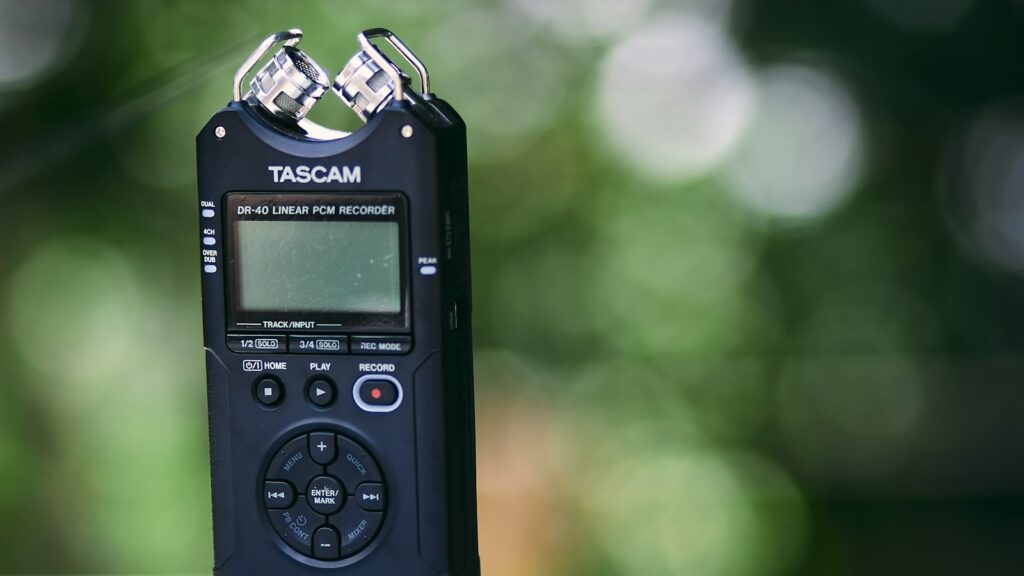
The study of lyrebird mimicry continues to reveal new insights about vocal learning, sound perception, and the evolution of complex communication systems. Current research employs advanced technologies like high-definition audio recording, spectrographic analysis, and machine learning algorithms to catalog and analyze the full extent of lyrebird vocal repertoires. Scientists are investigating questions about how lyrebirds select which sounds to mimic, how accurately they can reproduce different acoustic features, and how their mimicry abilities develop from juvenile to adult stages. Emerging research directions include experimental studies on lyrebird sound perception, comparative analyses of brain structures involved in vocal learning, and investigations into the potential effects of anthropogenic noise pollution on mimicry patterns. These studies not only enhance our understanding of these extraordinary birds but also provide valuable insights into the fundamental principles of vocal learning that can inform broader questions about the evolution of communication in birds and mammals, including humans.
Conclusion
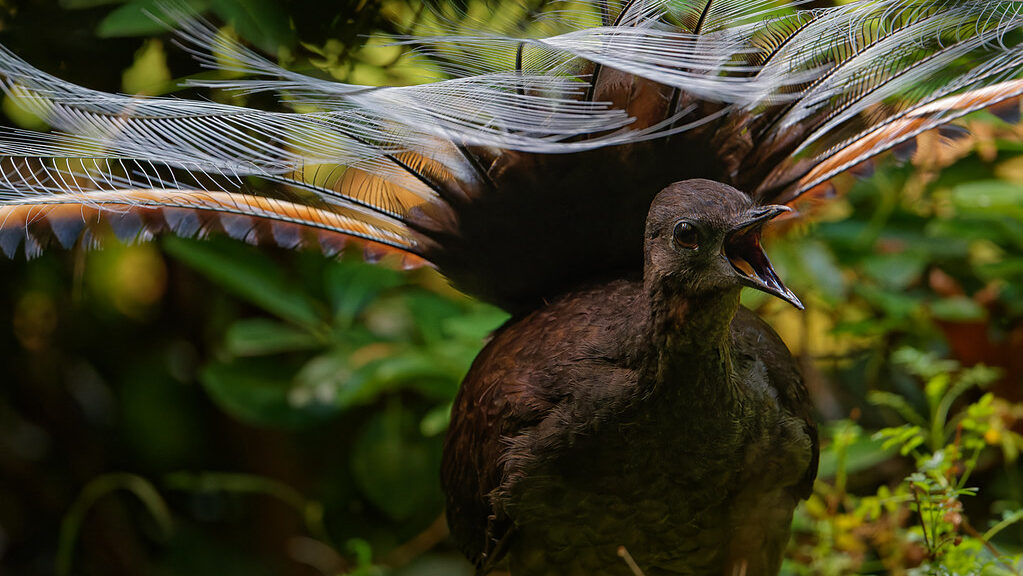
The lyrebird’s extraordinary mimicry abilities stand as one of nature’s most remarkable achievements in vocal evolution. From their specialized anatomy to their sophisticated cognitive processes, everything about these birds seems designed to achieve acoustic perfection. As we continue to study and protect these avian virtuosos, they remind us of nature’s boundless capacity for complexity and beauty, while challenging our understanding of animal cognition and communication. In their melodious performances echoing through Australia’s ancient forests, lyrebirds don’t just mimic their world—they transform it into art, creating symphonies that bridge the gap between natural history and musical genius.
